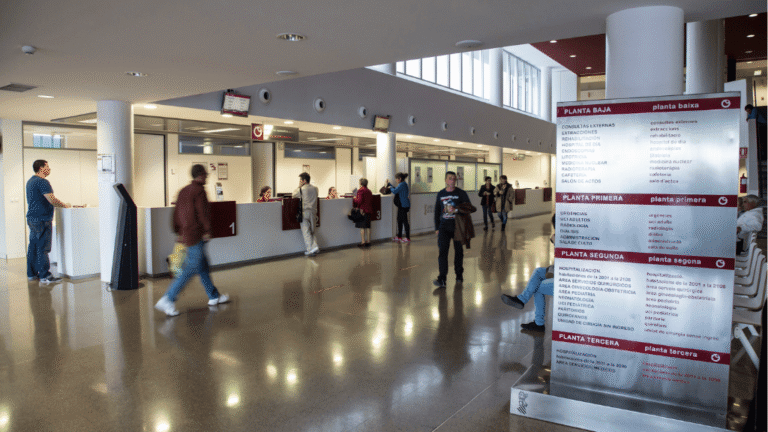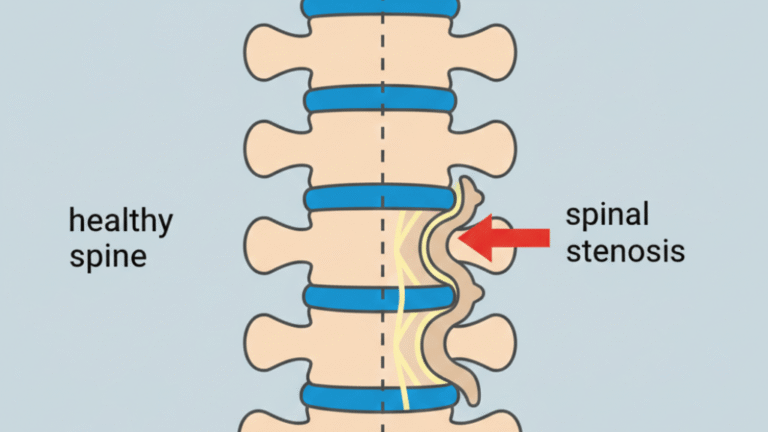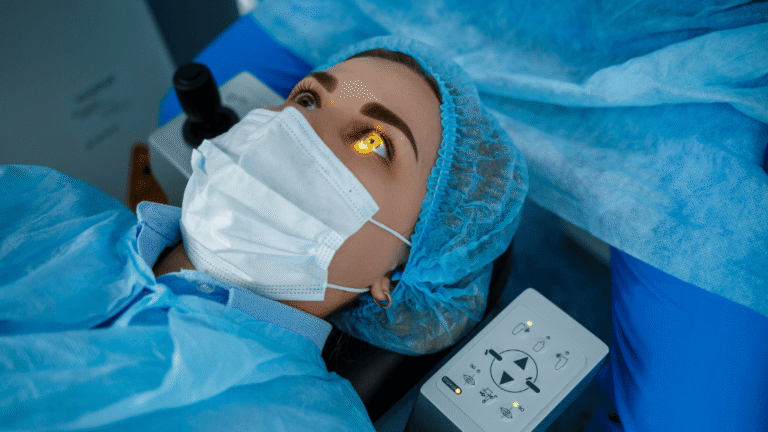Persistent hip pain can severely limit your daily activities, affecting not only your physical well-being but also your emotional and social life. At Ribera Health Group, we understand the significant impact this condition has on your quality of life. That’s why, from our specialized center IMSKE Hospital in Valencia, we offer an effective and lasting solution: hip replacement surgery, also known as hip arthroplasty.
In this article, we provide you with complete and detailed information to help you prepare properly, understand what happens during surgery, and know how to manage your recovery successfully.
If you are considering this type of surgery, it is important to understand how the procedure works, what types of prostheses exist, and the advantages of the minimally invasive techniques we use at Ribera Care International. Learn how we can help you regain your mobility safely and with the highest medical precision through our Orthopedics and Traumatology Unit.
What exactly is hip replacement surgery?
Hip replacement surgery, or total hip arthroplasty, consists of replacing the damaged or worn joint with an artificial prosthesis made of highly durable materials such as ceramic, titanium, or high-density polyethylene.
This procedure is especially effective in relieving pain and restoring mobility in people affected by conditions like advanced osteoarthritis, severe fractures, rheumatoid arthritis, or avascular necrosis.
When should you consider hip replacement surgery?
Hip replacement surgery becomes a recommended option when conservative treatments no longer relieve pain or restore function. Common signs include:
- Severe pain even while resting or during sleep
- Joint stiffness that limits your movement
- Difficulty performing basic daily tasks such as walking, dressing, or climbing stairs
- Inability to maintain an active and healthy lifestyle
Preparing for surgery: the key to optimal results
At IMSKE, we approach preoperative preparation comprehensively to ensure surgical success. Preparation includes:
- Complete medical evaluations: including imaging tests like X-rays and MRIs
- Pre-surgical physical therapy: to strengthen muscles and improve postoperative recovery
- Patient education sessions: with realistic expectations and recovery guidance
- Nutritional assessment: to improve general health and healing capacity
How hip surgery differs from other joint procedures
Hip surgery requires specific precautions, particularly to prevent dislocations after the procedure. That’s why we provide clear guidelines on which movements and positions to avoid in the first weeks. We also emphasize strengthening key muscles such as glutes and abductors to ensure proper joint stability.
Scientific evidence and clinical results
- Over 95% of patients experience a significant improvement in pain, function, and quality of life after hip replacement surgery.
- Robotic surgery and custom-made prostheses improve precision, functionality, and durability of the implants.
- Specialized rehabilitation programs accelerate recovery and improve long-term outcomes.
Technology and precision at IMSKE
At IMSKE, we use the latest surgical techniques and technologies, including minimally invasive methods and robotic-assisted surgery with computerized navigation systems. These innovations allow for:
- Greater precision in prosthesis placement
- Reduced risk of surgical complications
- Smaller incisions and less bleeding
- Faster and more comfortable recovery
During the surgery, damaged cartilage and bone are removed and replaced with a custom-made prosthesis adapted to your anatomy using 3D planning tools and state-of-the-art materials.
What is recovery like after hip replacement?
Recovery at IMSKE is carefully planned in stages:
- First 48 hours: early supervised mobilization, pain management, and prevention of complications like infections or thrombosis
- First week: basic physiotherapy and walking with support
- 2 to 6 weeks: intensive rehabilitation to regain muscle strength, balance, and mobility
- 6 weeks to 3 months: gradual return to daily activities with adapted exercises and full recovery of mobility
Why choose IMSKE for your hip replacement surgery?
- Highly qualified, specialized medical team
- Advanced technology, including robotic surgery and 3D surgical planning
- Personalized care before, during, and after surgery
- Hospital facilities designed to optimize your recovery
If hip pain is affecting your quality of life, IMSKE and Ribera Health Group are here to help you recover your mobility and independence. Take the first step toward a full and active life today. Contact us through the following contact form for more information and start your journey toward a full and active life today.
Frequently Asked Questions about Hip Replacement Surgery
How long does it take to recover after hip arthroplasty?
Most patients return to daily activities within 6 to 12 weeks with proper rehabilitation.
How long will I stay in the hospital?
Hospital stays usually range from 2 to 5 days depending on the patient’s condition and recovery during the first 48 hours.
What kind of prosthesis is used and how long does it last?
We use personalized, high-durability prostheses made of materials such as titanium or ceramic. On average, they last 15 to 25 years depending on age, activity level, and body weight.
When can I start walking again?
Most patients begin walking with assistance on the same day or the day after surgery, guided by the rehabilitation team.
Can I play sports after a hip replacement?
Yes, with time and supervision. Low-impact sports like swimming, walking, or cycling are recommended. High-impact sports should be evaluated on a case-by-case basis.






















